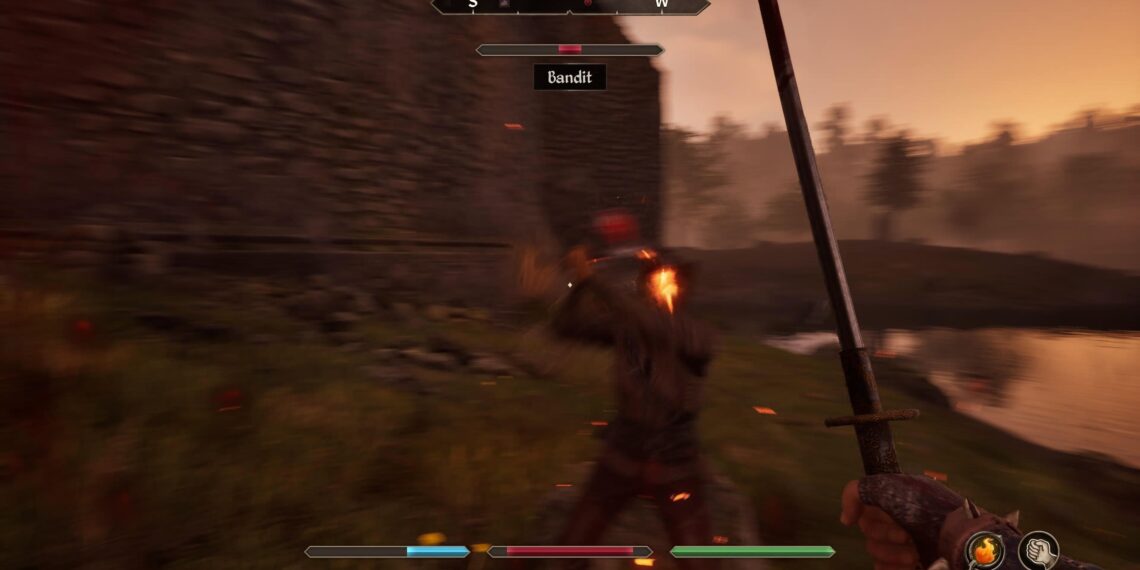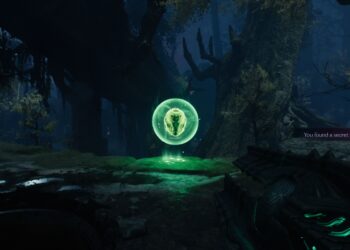In the original The Elder Scrolls: Oblivion, players could adjust the difficulty using a slider from one to one hundred, allowing them to customize their challenge in a somewhat vague manner. Oblivion Remastered streamlines this by offering five fixed difficulty settings, similar to those in Skyrim.
Your choice of difficulty provides only basic information. To clarify what these settings entail, our guide breaks down the specifics of Oblivion Remastered’s difficulty options.
Oblivion Remastered Difficulty Settings
When you launch Oblivion Remastered for the first time, you’ll choose from five difficulty levels:
- Novice
- Apprentice
- Adept
- Expert
- Master
In Oblivion Remastered, the difficulty settings primarily affect the damage modifiers. Simply put, higher difficulties mean you’ll take more damage, while enemies take less.
Here’s a breakdown of how damage works at each level:
| Difficulty | Damage Modifiers |
|---|---|
| Novice |
|
| Apprentice |
|
| Adept |
|
| Expert |
|
| Master |
|
As you can see, the difficulty ramps up significantly at Expert and Master levels. Your enemies will be tougher to defeat, while you’ll find yourself much more exposed. Honestly, the Expert and Master settings might be overly challenging.
Since Adept is the default level, we suggest sticking with it, unless you’re specifically looking to improve your weapon, armor, and Destruction spell skills.
As improving these skills requires you to engage with enemies, consider using weaker foes as practice targets. This way, you’ll gain more Skill EXP by using your abilities repeatedly before downing them.
It’s important to mention that Oblivion Remastered’s difficulty changes might be adjusted if Bethesda decides to implement a patch. While this might not happen, the extreme adjustments for Expert and Master mean it’s a possibility.





